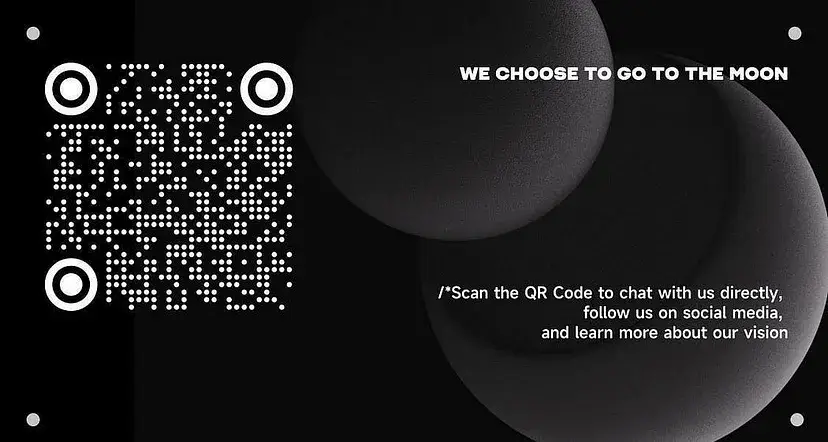Back
Moonshot Original #4 | Intro to Web3
Others
By Moonshot Commons
Sep 1,20237 min read
Web3 has emerged as a hot topic, sparking interest among technology enthusiasts globally in recent years. But what is Web3? How does it contrast with its predecessors, Web1 and Web2? In this blog article, let’s explore the history of the Web and Web3’s potential to reshape the future.
Before diving in, it’s important to clarify the difference between the internet and the web. The Internet serves as the backbone, connecting devices across the globe and transporting content, while the Web empowers users to read, click, and produce content using their phone or computer through the Internet. In other words, the Internet provides the infrastructure on which the Web operates.
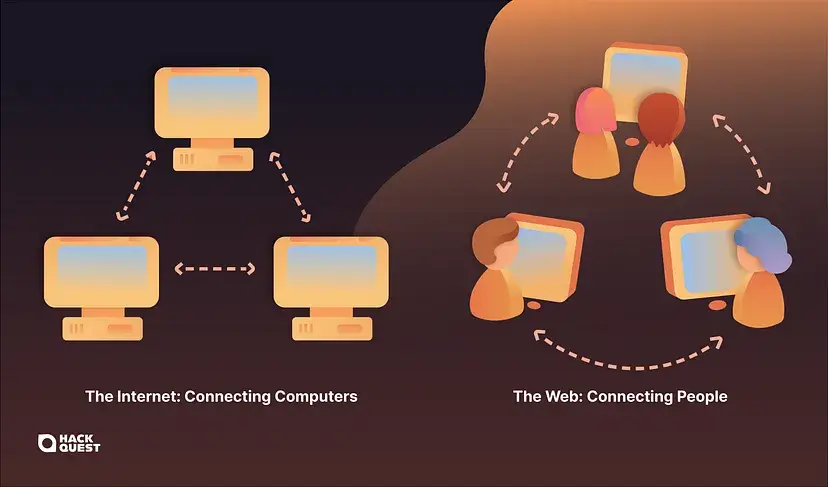
Today, over 64.6%, or ~5.2 billion, people around the globe have access to the internet and interact with the web. By 2030, nine out of every ten people aged six and above would be digitally active. Can you imagine the world without the web? Well, let’s imagine it.
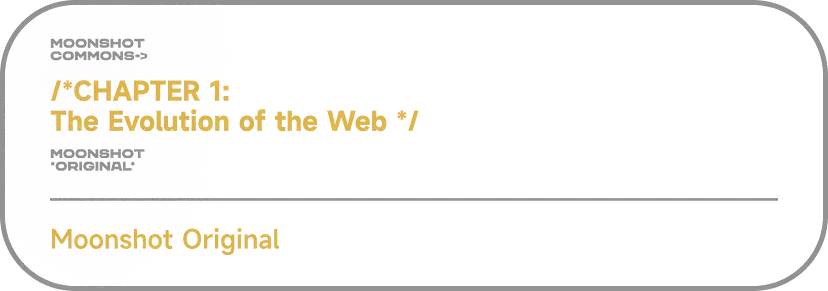
In the early days, the internet was a “vast and empty” expanse, a network of interconnected computers used by a handful of tech-savvy individuals. Programs like “Archie” were primarily text-based and command-line-driven: if you knew the title of a public file, it allowed you to find and download it.
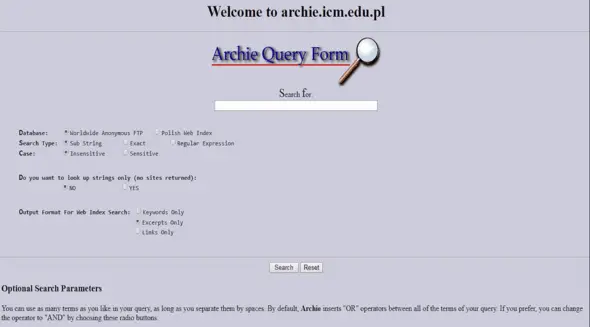
Screenshots of Archie’s Homepage and Search Results
But then, a visionary named Sir Tim Berners-Lee had a revolutionary idea: to create a system that would allow anyone, anywhere to access and share information with ease. And so, in 1989, the World Wide Web, or “the Web,” was born.
Web1: (1) Read-only, (2) Open, (3) Value accrued to a few builders
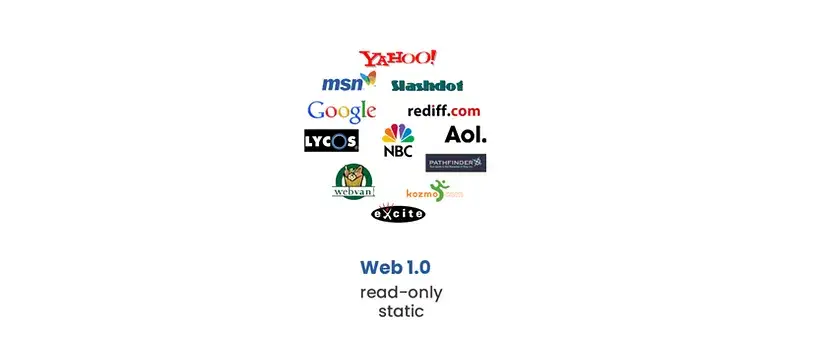
Source: LinkedIn
The early stage of the Web, or Web 1.0, was running on what we now call a “fully decentralized infrastructure.” This means that anybody could host a server and computers would act as a relay between browsers and servers.
The revolutionary invention was governed by open protocols, such as HTTP, SMTP, and FTP. Protocols are procedures that transmit data between devices. Open means that they are not owned by any particular company. Thanks to open protocols, releasing new products/services was cheap, fast, and simple for tech-enabled developers and founders. This led to a period known to many as “the golden age of innovation” when companies like Google and Amazon were founded.
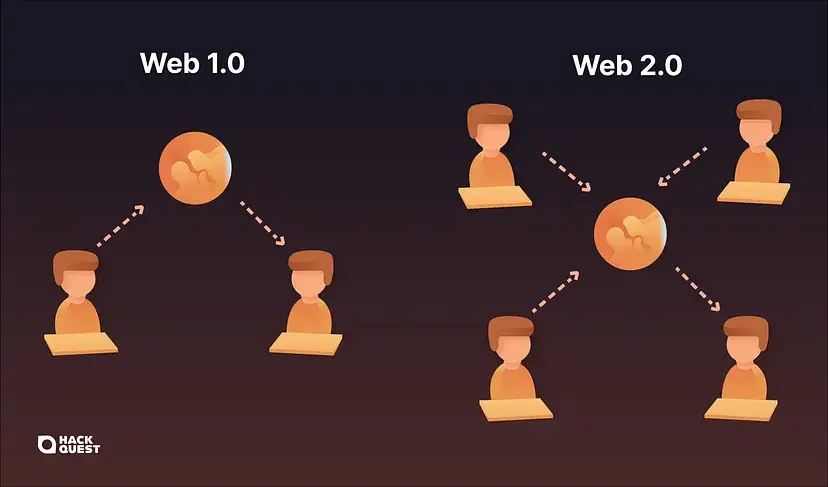
Web1 had its problems. Open protocols at the time were not user-friendly — building a website and sharing ideas required, at a minimum, buying a domain name, setting up web hosting, and crafting a page using languages like HTML and CSS. The end products were also not fascinating — static websites powered by hyperlinks, with contents that were largely unchanging and non-interactive. As a result of the shift from print media to the internet, content creation fell largely on the same professional writers and most people were only able to “read” the information that was presented to them passively — a one-way communication.

Web2: (1) Read and write, (2) Closed, (3) Value accrued to a few corporations

But as time went on, the web began to evolve. The rise of social media (e.g., Facebook), video-sharing sites (e.g., YouTube), image-sharing sites (e.g., Flickr), and other interactive technologies gave birth to Web 2.0, a new era of the web that was more dynamic and participatory. With Web 2.0, users could not only consume information but also create and share their content.
Instead of going through the laborious process of buying a domain name, setting up web hosting, and crafting a page using HTML and CSS as you would in Web1, now you can get your page and start posting in seconds by creating a Facebook, Twitter, or LinkedIn account. Along with mobile internet access becoming ubiquitous, unsurprisingly, the sheer number of internet users exploded. Applications that rely heavily on user-generated content, user-owned content, and the sharing economy, such as Facebook, Instagram, Google, YouTube, TikTok, Uber, and Airbnb, became the “face” of the internet and emerged as centralized giants, influencing virtually every aspect of our work and life.
But wait… let’s pause and think about these companies and products that we live and breathe. To what degree do we, the users, build, operate, and even fund these technologies?
Granted, Web2 opened up the door for you and me to become content creators. The issue is that creators do not have full “ownership” over their created content, derive only a small fraction of the created value, and yet are exposed to the significant risk of losing everything. For example, a creator who uploads shorts to YouTube could only earn 45% of the revenue generated from viewership and not a single penny from advertising. Users may also find social networks like Facebook selling personal data and generating significant gains.
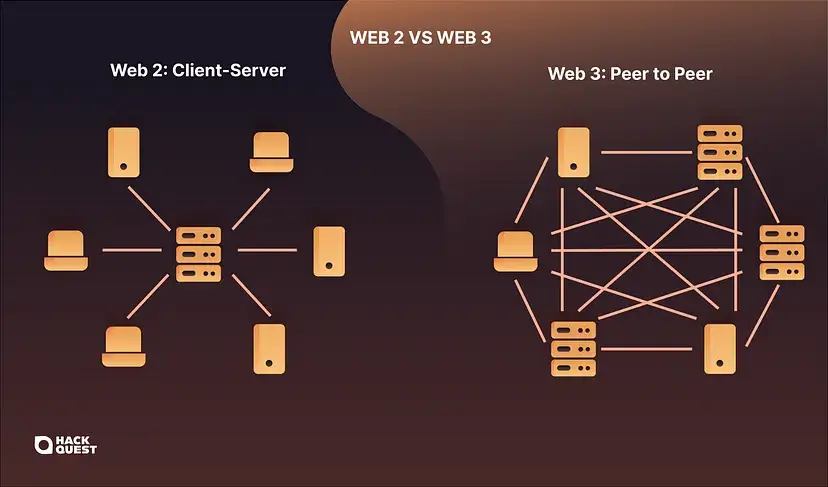
With ownership over user data and user-generated content, centralized tech giants such as Google and Meta extract the majority of the value created from users by sitting in the middle, resulting in a client-server architecture where users are the clients, and companies control the servers.

Web3: (1) Read, Write, and Own, (2) Open, (3) Value accrued to users
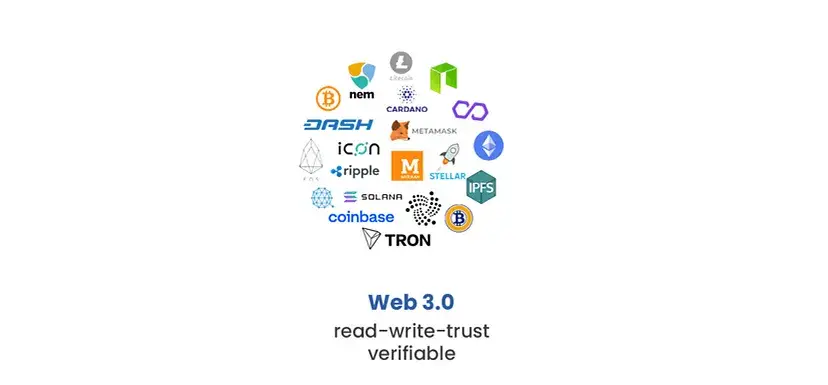
Source: LinkedIn
To resolve the issue of having middlemen sitting in the middle, proponents of a decentralized, peer-to-peer architecture alternative later known as ‘Web3’ united and quickly gained a following. In 2008, Satoshi Nakamoto put forth “a peer-to-peer electronic cash system” which is often credited with developing Web3’s underlying blockchain technology and inspiring millions to pursue an open web and programmable money. In 2014, Gavin Wood, a founder of Ethereum and creator of Polkadot, officially coined the term Web3 or Web3.0. He defined it as “an alternative vision of the web, where the services that we use are not hosted by a single service provider company, but rather purely algorithmic things that are hosted by everybody.”
Imagine a world where users not only consume and create but also own the upside of their content through tokens which are records of ownership of an asset that lives on the blockchain, the underlying technology that powers Web3. In the ownership economy, values are accrued to users, instead of a few builders and users as in Web1 nor a few large corporations as in Web2.
So, what is Web3?

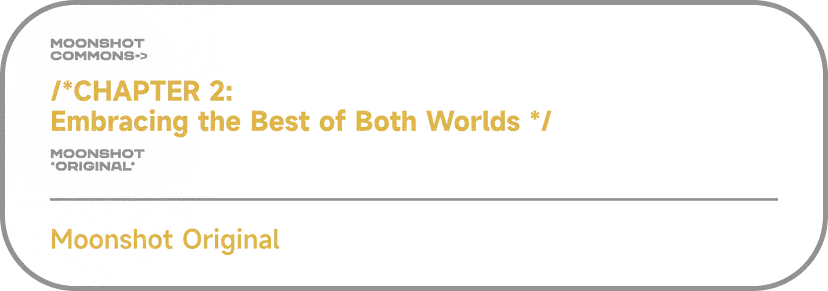
The internet stands as the pivotal innovation of our generation. Prior to the emergence of Web3, users had to choose between the limited functionality of Web1 and corporate-governed Web2. The majority opted for Web2, and now we are starting to realize the values lost and the risks it carries.
Web3 represents the next phase in the evolution of the Web, combining the openness and decentralization of Web1 with enhanced functionalities and user experiences of Web2. Instead of having to choose, Web3 offers a paradigm shift that allows users to enjoy the best of both worlds.
By leveraging open protocols and blockchain technology, Web3 also empowers users not only to consume and contribute content but also to own and control their digital assets. This shift towards user empowerment and ownership fosters a more fair, inclusive, and value-driven ecosystem.

Despite the recent hype and media attention, there is no doubt that the fruit of Web3 is not ripe for the picking… yet. Some may say that we are in the stage of Web 2.5 and that the exciting features Web3 brings are at our fingertips; some may say that we are still just getting started and the “trough of disillusionment” has not passed.
What we do know for certain is that Web3 represents another revolutionary chapter in the evolution of the web — one that cannot be built solely by a select group of builders or large corporations, but rather by everyone.
As we navigate the future of the internet, it is vital to embrace the possibilities presented by Web3. With its decentralized architecture and user-centric approach, Web3 has the potential to transform how we interact, create, and transact online, ushering in a new era of innovation and opportunity for all.
